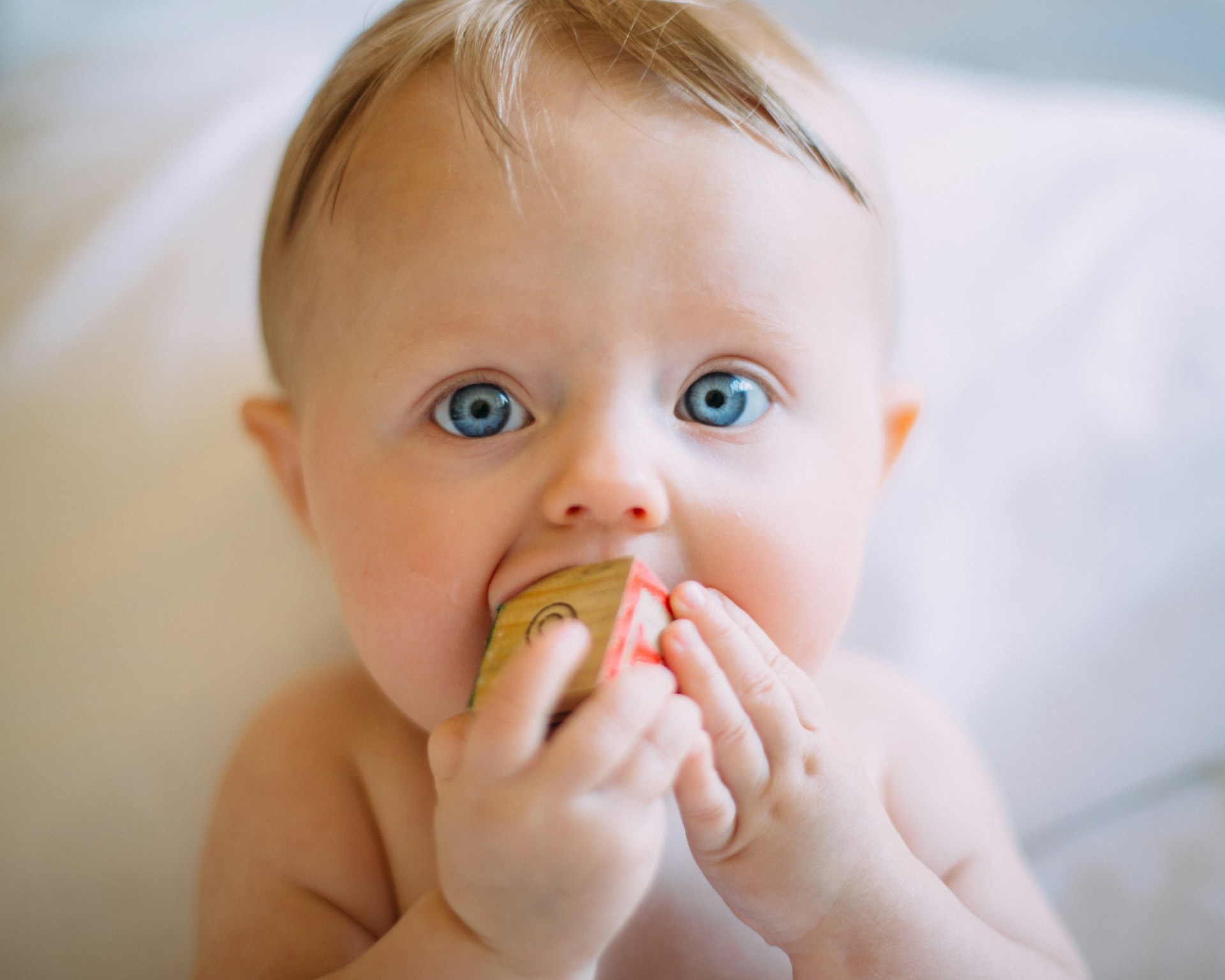The first year of a baby’s life is a whirlwind of growth and change. From their first smile to their first steps, every month brings new milestones and exciting developments. This comprehensive guide will walk you through the key physical, cognitive, and emotional milestones achieved in the first year and offer tips on how to support and celebrate these important moments.
1. Physical Milestones
0-3 Months: Beginning to Move
Key Milestones:
- Head Control: By around 1 month, your baby will start to lift their head while lying on their stomach.
- Reflexes: Grasp reflexes and rooting reflexes are prominent in the early weeks.
- Rolling Over: By the end of the third month, many babies begin to roll from their stomach to their back.
Supporting Tips:
- Tummy Time: Engage in regular tummy time to strengthen neck and upper body muscles.
- Safe Space: Create a safe space for your baby to explore and practice moving.
4-6 Months: Growing Stronger
Key Milestones:
- Sitting Up: By 6 months, many babies can sit with minimal support.
- Reaching and Grasping: Improved hand-eye coordination allows your baby to reach for and grasp objects.
Supporting Tips:
- Interactive Toys: Provide toys that encourage reaching and grasping.
- Encouragement: Offer support and encouragement as your baby practices sitting and moving.
7-12 Months: Mobility and Exploration
Key Milestones:
- Crawling: Most babies start crawling between 7-10 months.
- Standing and Cruising: By 9-12 months, many babies can pull themselves up to stand and cruise along furniture.
- Walking: Some babies take their first steps by the end of the first year.
Supporting Tips:
- Safe Environment: Ensure your home is baby-proofed to accommodate newfound mobility.
- Encouragement: Support and cheer for your baby as they practice standing and walking.
2. Cognitive Milestones
0-3 Months: Early Awareness
Key Milestones:
- Visual Tracking: By 2-3 months, babies can follow moving objects with their eyes.
- Recognizing Faces: They start to recognize familiar faces and respond with smiles.
Supporting Tips:
- Face-to-Face Interaction: Engage in lots of face-to-face interactions to strengthen visual and social connections.
- Colorful Toys: Use toys with contrasting colors to stimulate visual development.
4-6 Months: Increased Exploration
Key Milestones:
- Object Permanence: By 6 months, babies begin to understand that objects continue to exist even when out of sight.
- Exploring Textures: They explore the world by mouthing and handling objects.
Supporting Tips:
- Interactive Play: Provide toys that make different sounds or have varied textures to stimulate exploration.
- Hide and Seek: Play simple games like peek-a-boo to reinforce object permanence.
7-12 Months: Problem-Solving Skills
Key Milestones:
- Imitation: Babies start imitating simple actions, like clapping or waving.
- Simple Problem Solving: They begin to understand cause-and-effect relationships, such as shaking a toy to make a sound.
Supporting Tips:
- Encourage Exploration: Offer toys that promote problem-solving, like stacking blocks or shape sorters.
- Model Actions: Demonstrate simple actions and encourage imitation.
3. Emotional and Social Milestones
0-3 Months: Forming Bonds
Key Milestones:
- Social Smiles: By around 6-8 weeks, babies start to smile socially and engage with caregivers.
- Attachment: They begin forming emotional bonds with their primary caregivers.
Supporting Tips:
- Bonding Time: Spend quality time holding, talking to, and interacting with your baby.
- Responsive Care: Respond promptly to your baby’s needs to build a strong emotional connection.
4-6 Months: Expressing Emotions
Key Milestones:
- Expressing Feelings: Babies start to express a range of emotions, from joy to frustration.
- Social Interaction: They enjoy playing social games and interacting with others.
Supporting Tips:
- Emotional Support: Be attentive to your baby’s emotional cues and provide comfort and reassurance.
- Social Activities: Arrange playdates or attend baby groups to enhance social interaction.
7-12 Months: Developing Relationships
Key Milestones:
- Stranger Anxiety: Around 8-9 months, babies may show wariness of strangers.
- Attachment to Caregivers: They develop stronger attachments to familiar caregivers and may exhibit separation anxiety.
Supporting Tips:
- Consistency: Maintain consistent routines and caregivers to provide a sense of security.
- Gradual Introductions: Introduce new people or situations gradually to ease stranger anxiety.
4. Celebrating Milestones
Documenting Progress:
- Photos and Videos: Capture key moments and milestones to cherish and share with family.
- Milestone Charts: Use milestone charts or journals to track your baby’s development.
Celebratory Moments:
- Small Celebrations: Celebrate achievements with small, meaningful gestures, like a special meal or a new toy.
- Family Involvement: Involve family members in celebrating milestones to create lasting memories.
5. Conclusion
The first year of your baby’s life is filled with incredible growth and development. Understanding these milestones helps you appreciate your baby’s progress and provides guidance on how to support their journey. Celebrate each achievement and remember that every baby develops at their own pace. By staying engaged and attentive, you’ll help nurture your baby’s physical, cognitive, and emotional growth during this exciting first year.

